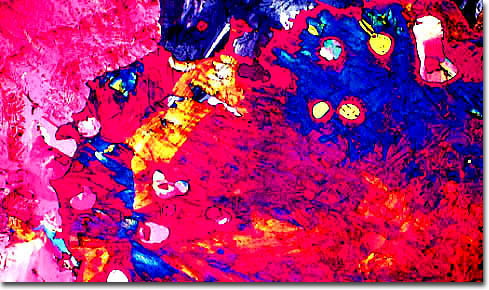Prostaglandin A1
|
The prostaglandin designated A1 was originally isolated as a dehydration product of prostaglandin E1, which occurs in human semen. Heavily studied in recent years, prostaglandin A1 has been demonstrated to dilate the blood vessels present in the kidneys and to increase the amount of sodium excreted with the urine. Research has also shown that the promising substance may also lower arterial pressure in patients that suffer from hypertension. Yet, perhaps even more exciting to the scientific world is the evidence that suggests that prostaglandin A1 inhibits the growth activity of tumor cells as well as the replication of herpes simplex virus (HSV) and human immunodeficiency virus type 1 (HIV-1). Though not currently available for treatment of such diseases, the biochemical exhibits the potential of a future therapeutic agent. |
© 1995-2025 by Michael W. Davidson and The Florida State University. All Rights Reserved. No images, graphics, software, scripts, or applets may be reproduced or used in any manner without permission from the copyright holders. Use of this website means you agree to all of the Legal Terms and Conditions set forth by the owners.
This website is maintained by our
|
